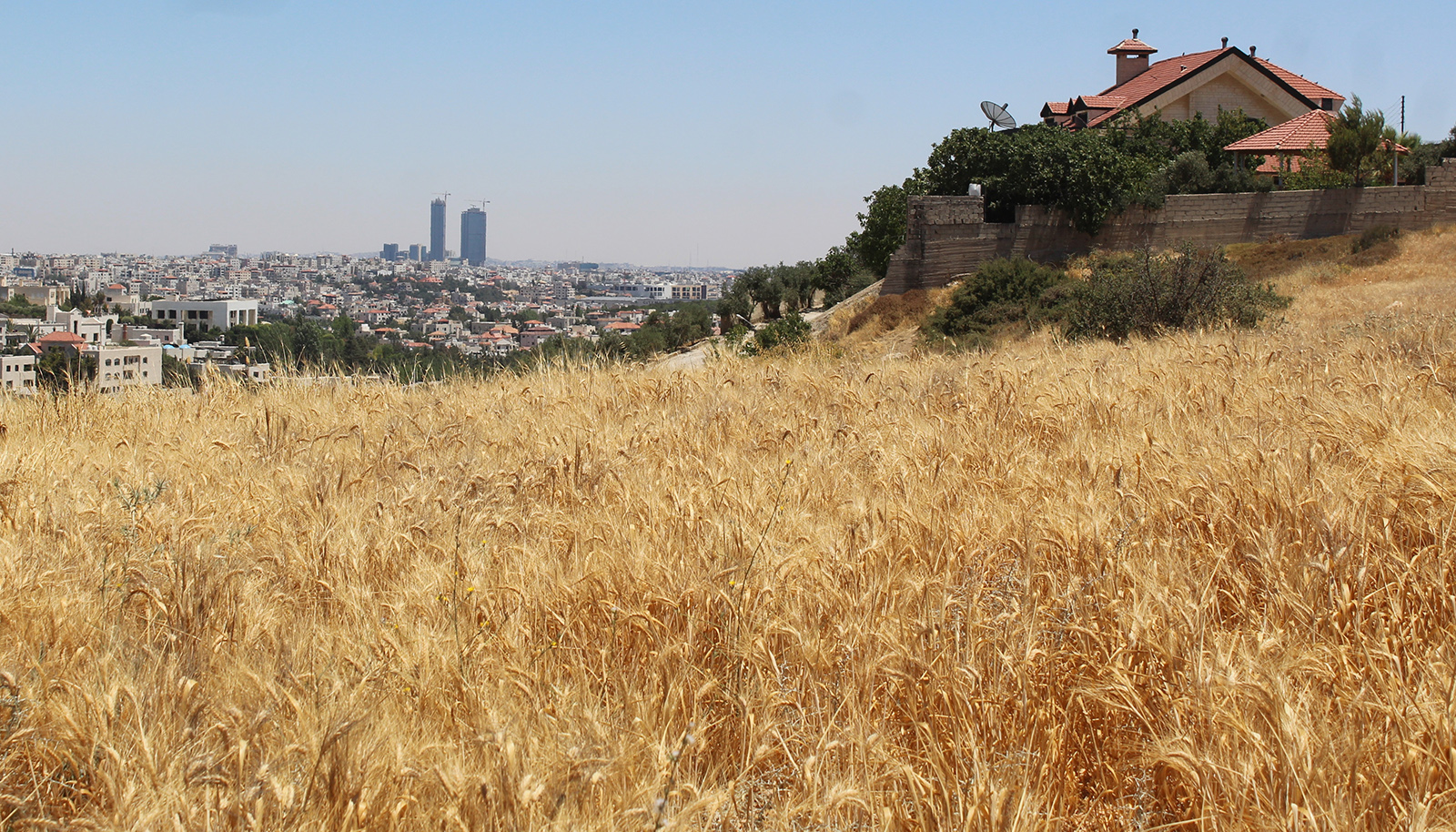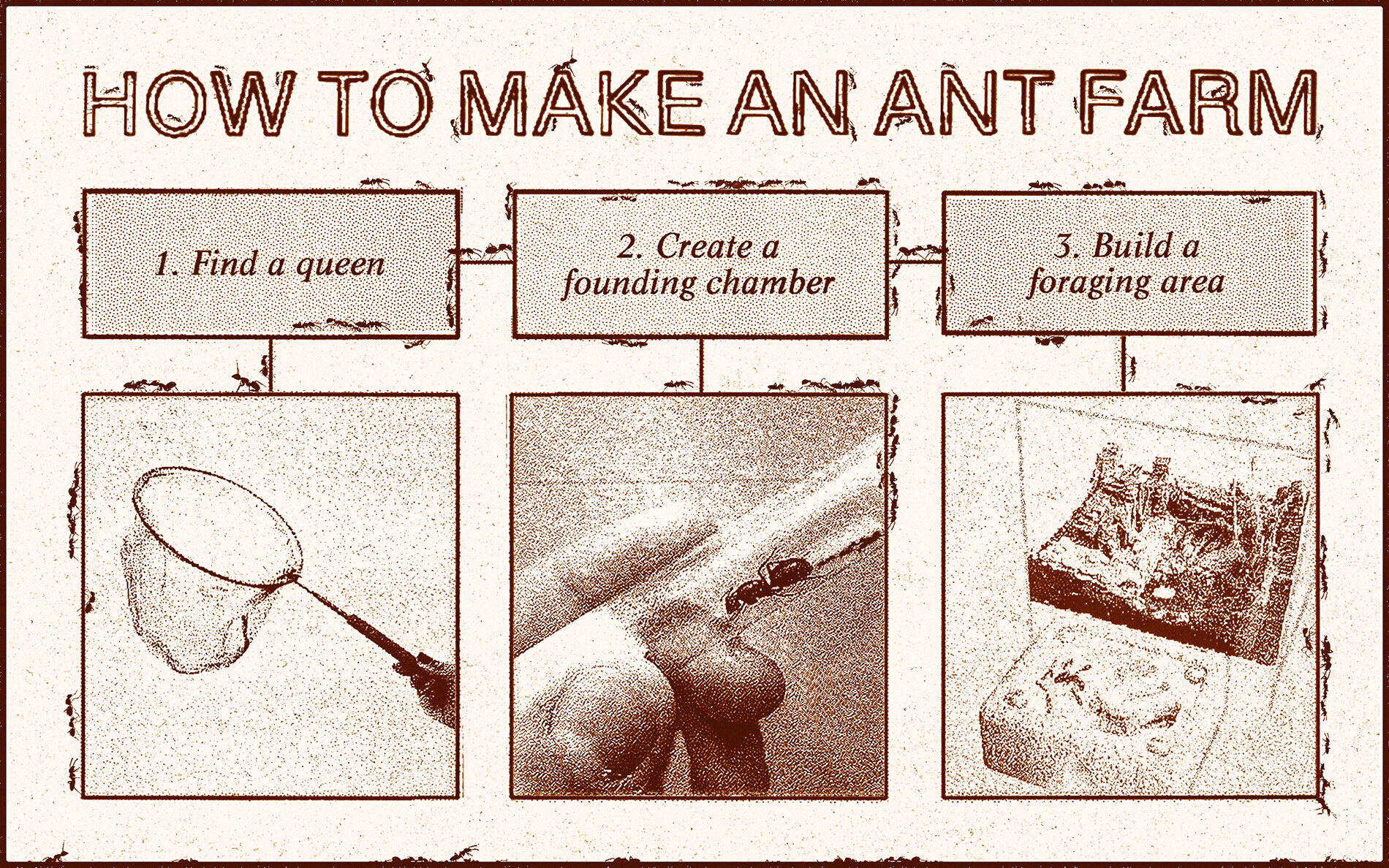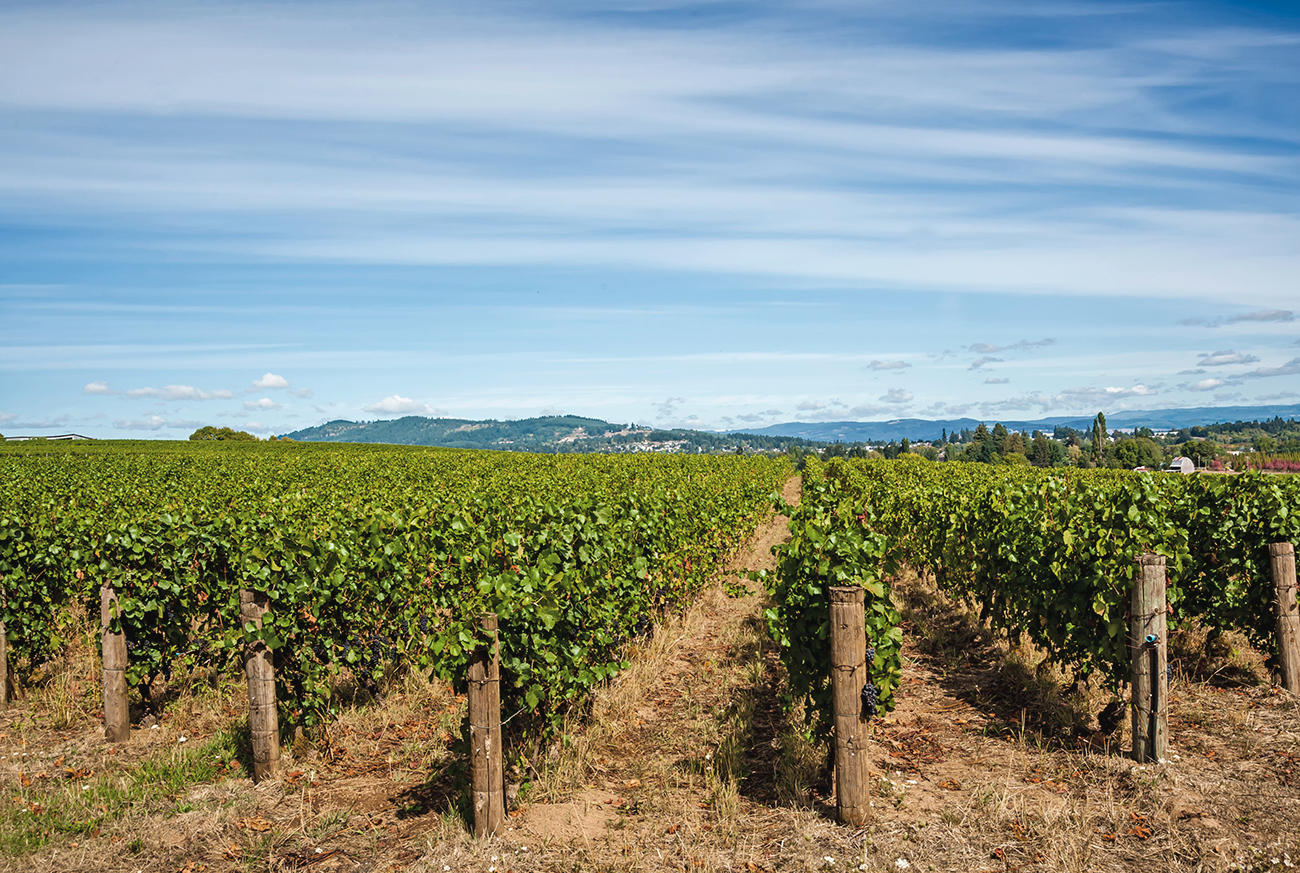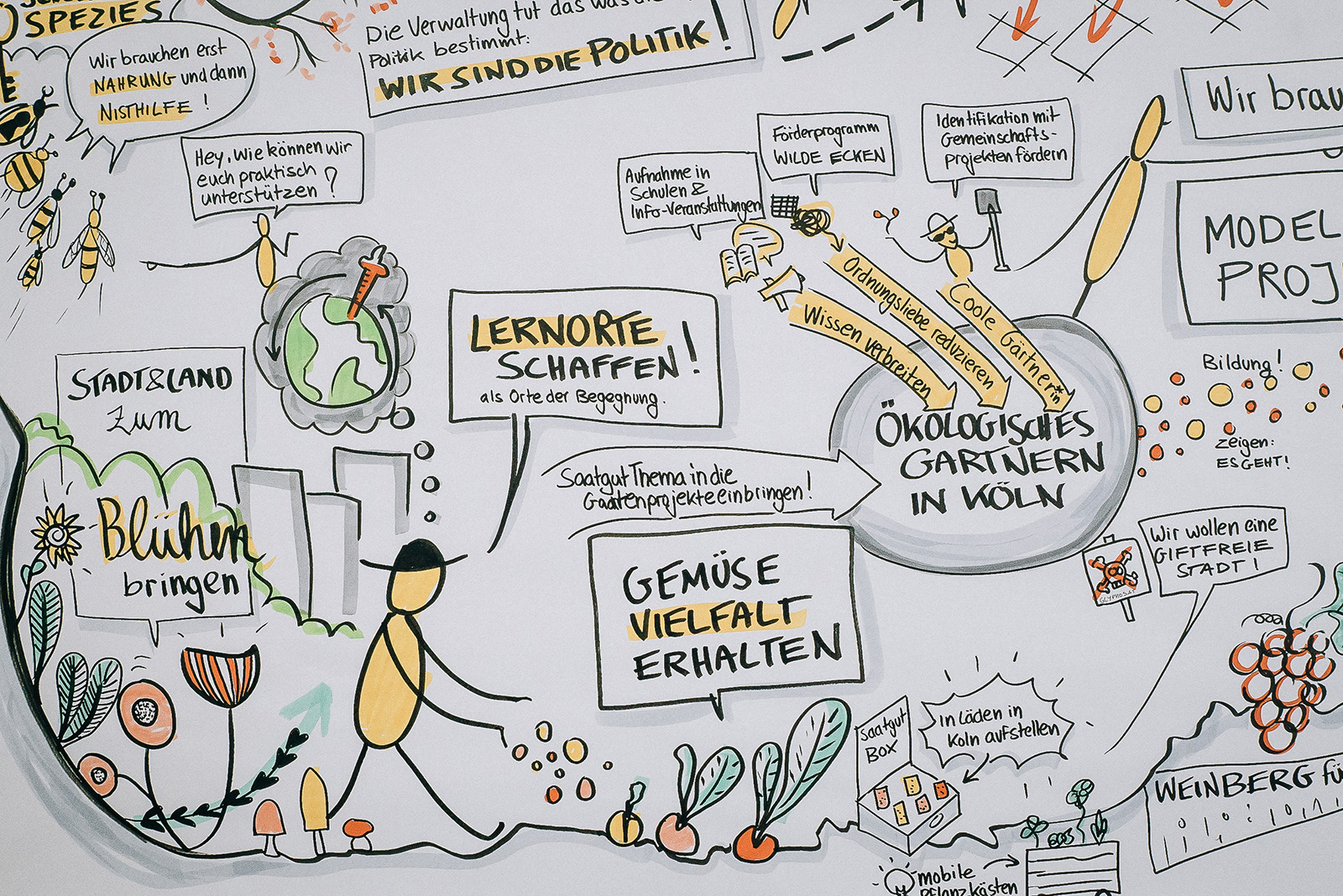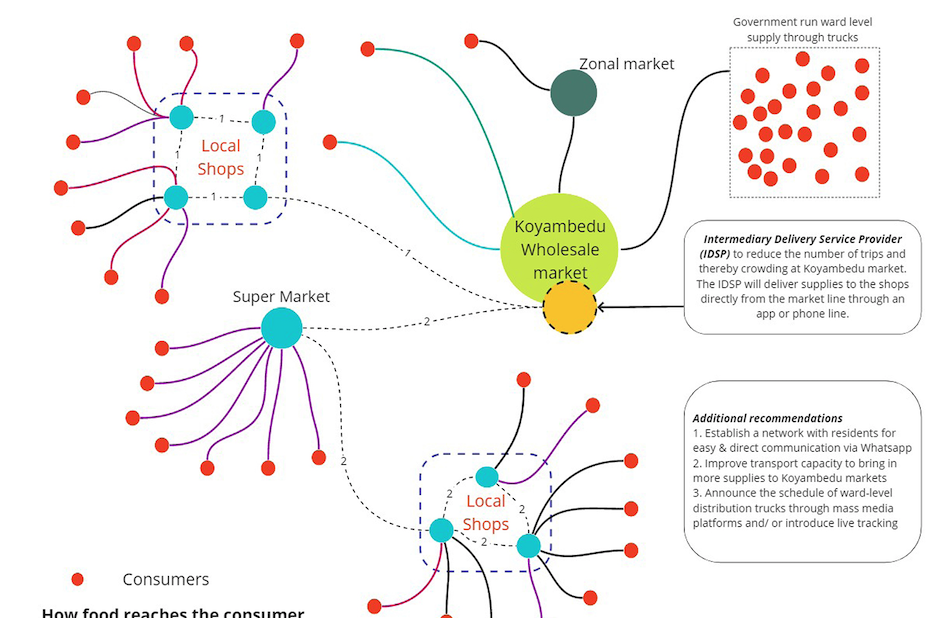The past century has witnessed an exponential increase in the efficiency and scale of agriculture; struggling to meet the needs of our rapidly growing global population, and with new fertilizers and farming technology at its disposable, agriculture became “big agriculture.” Although it allows us to grow large amounts of food cheaply, industrial agriculture comes at a high price. In addition to the greenhouse gases emitted by livestock, commercial farming leaves behind a number of negative consequences, including depletion of soil fertility from monocropping, loss of biodiversity, erosion and toxic waste from pesticides and fertilizers. It’s not simply a change in the scale of agriculture that caused these impacts, but also the tools and methods we use to farm. As scientists and farmers alike search for solutions to these issues, the answer may lie in archaeology, and the study of ancient agricultural practices.
 Pictured above, a commercial potato field. Photo by NightThree.
Pictured above, a commercial potato field. Photo by NightThree.
Most commercial farms focus on growing mass amounts of a single crop as quickly as possible; although this can be extremely profitable, several years of only growing the same crop damages the ecology of the soil. Since the crop leeches the same nutrients from the soil every year, the soil becomes devoid of the minerals that plants need to grow. Monocrops are also more prone to parasites, as the lack of biodiversity makes it easier for a single parasitic species to destroy the whole crop. The intersection of these threats makes monocrops a very tenuous ecosystem, susceptible to quick destruction.
Older farming methods, uncovered by archaeologists, often pose more sustainable strategies for cultivation. Knowledge about crop rotation, or the switching off of specific crops in the same field, can prevent the depletion of soil nutrients. By planting different crops every season or year, or rotating crops through a series of fields while leaving one fallow, crop rotation gives soil the time it needs to be replenished. The variety of plant residues left in the soil from different crops also helps prevent soil erosion in the fields. The methods of crop rotation used historically in different parts of the world can reveal more information about its benefits, and provide models for agricultural systems that might be useful as monocropping becomes unsustainable.
In addition to the possible benefits of different crop rotation systems, archaeologists have already uncovered key agricultural techniques that have protected farming systems in rural areas. After researchers uncovered pre-Incan farming practices in the Andes that relied on raised soil beds (known as Waru Waru), farmers realized that the raised beds surrounded by water channels helped capture rain water during droughts, and had better drainage when it rained too much. The insulation of the canals also protected crops from frost. Although many farmers in South America are already using this raised bed system, its benefits may make previously barren ecosystems capable of growing crops.




